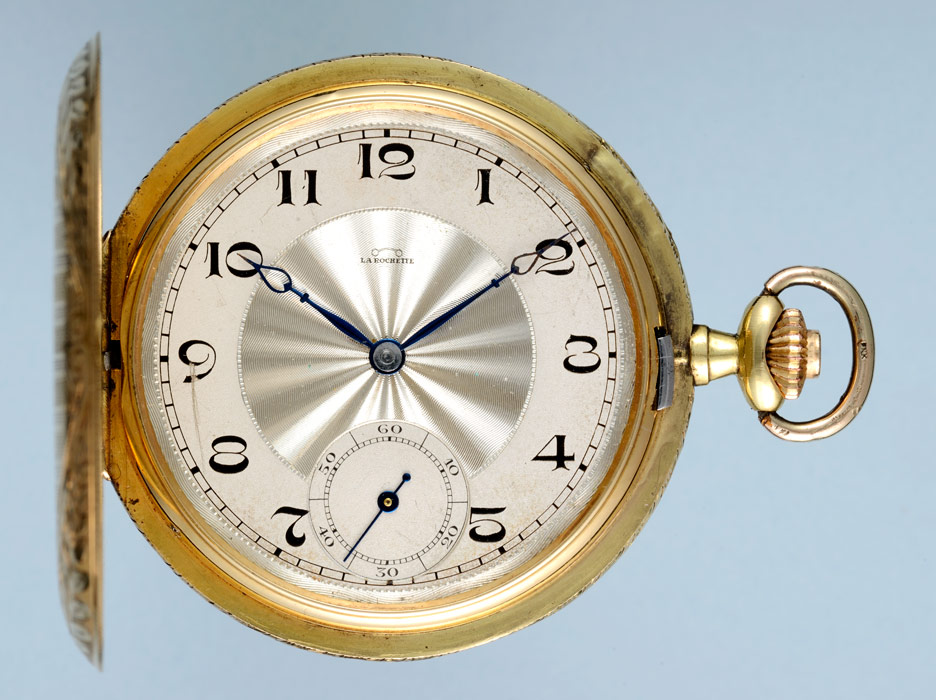Have you ever been left red-faced after purchasing a watch that you thought was genuine that in fact turned out to be a fake? How do you spot a fake? Well, we have a few pointers for anyone who doesn’t consider themselves quite the aficionado but still has a keen interest in antique pocket watches for sale, and other vintage timepieces. The last thing you want is to make a purchase on a collection of half hunter watches,only to find you’ve been ‘had’. 
A good example for you would be to envisage a 5-star hotel offering a stay in the honeymoon suite, champagne on arrival and a three-course dinner for two all for £75. What are the chances that you might not be convinced by this deal, and consider that there might well be something suspicious with said offer? Now take the same thought process and relate it to the chance of buying a Patek Philippe movement, or a Rolex for £100, or £250. If this is the case then the individual or business who is selling you the alleged “genuine watch” is the one who is getting a good deal, you are most certainly not.
While there may be a certain trend in modern watches to have useless, obvious, redundant waffle on a watch dial like “chronograph” or “automatic”, time and again on fake watches the counterfeiters will kindly go to the effort of replicating this to look official. So if you have a watch with “repeater”, “quarters”, or “minutes” exhibited on the case back or on the dial, take heed. Additionally, you should take the time to assess the spelling of all words cautiously as counterfeits are oftenquite ‘relaxed’ when it comes to orthography. Furthermore, if you seem to have pushers which look as though they should belong to a chronograph, but the watch has a distinct lack of chronograph functions, then yes, we think you might already get the gist, it’s probably going to be a fake.
It should go without saying that it makes absolute sense to always acquire your timepieces from an approved dealer or a reputable second-hand source. Take into consideration that you are not only buying a watch; you are also buying into the seller. This is why using a reliable authorised dealer such as Pieces of Time is essential.
If what you’re being offered is a “unique piece,” then you should also be able to check to see why it’s been labelled with this exclusive description. Do vintage watchmakers really make wacky shaped cases and obscure dials? Probably not. Most importantly, if you are left with any doubts, refrain from making a purchase. An age-old saying still rings true today, that, if it’s too good to be true then chances are it is!
A significant proportion of the cost of a high-end movement is a result of the meticulous work that was involved in the manual labour carried out on the timepiece to make it the desirable work of art it is. Therefore, rust, scratches, and unsightly peeling are not considered to be desirable finishing. Essentially you should do your homework first by talking to your local retailer, but as previously mentioned, the safest way to be sure is simply to use an official specialist who you can rely on to sell you a genuine piece.